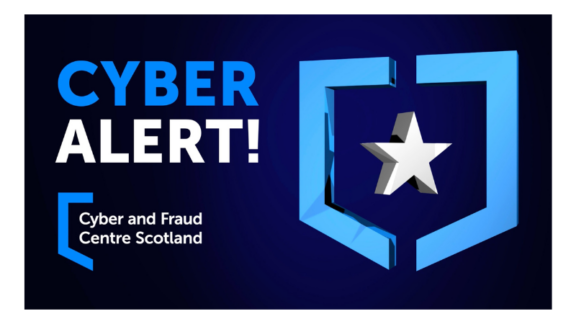
Microsoft SharePoint Attacks: What Your Business Needs to Know
A new wave of cyber attacks targeting Microsoft SharePoint has left many businesses exposed, according to multiple threat reports this week. Attackers are actively exploiting…
In recent weeks, a significant cyber security threat has emerged, affecting over 7,000 WordPress sites worldwide. Named the “Balada Injector,” this malicious campaign has compromised the security of numerous websites, leaving both site owners and visitors at risk.
Reports from reputable cyber security sources such as Dark Reading, Bleeping Computer, and The Hacker News report that the Balada Injector represents a malicious code injection campaign with far-reaching consequences. Cyber attackers exploit vulnerabilities to infiltrate WordPress sites, introducing the Balada Injector code and potentially gaining unauthorised access, exfiltrating sensitive information, or executing more disruptive actions like distributing malware.
1. Swift Updates for WordPress Core and Plugins
The first line of defence against the Balada Injector is ensuring the timely updates of your WordPress core and all associated plugins. Developers frequently release security patches to counter vulnerabilities. Regular updates significantly reduce the risk of exploitation by ensuring your site is fortified against known threats.
2. Bolster Passwords with Complexity
Elevate your site’s defences by using strong passwords. Consideration should be given to use passphrases, 30 or so characters long also with the addition of numbers and characters. Avoid easily guessable phrases or commonplace words. Consider adopting a trustworthy password manager to generate and securely store intricate passwords.
3. Arm Yourself with Regular Backups
Prepare for the worst-case scenario by implementing routine backups of your WordPress site. Store these backups securely to expedite recovery in the event of an attack. A backup strategy serves as a failsafe, allowing you to restore your site to a clean state promptly.
4. Deploy a Web Application Firewall (WAF)
Heighten your defences with a Web Application Firewall (WAF). This tool acts as a sentry, filtering and monitoring traffic between your web application and the internet. By identifying and blocking potential threats proactively, a WAF adds an extra layer of protection to your site.
5. Tactical User Account Management
Conduct regular reviews of user accounts with administrative privileges. Remove unnecessary accounts and ensure that each account maintains the minimum required access levels. This limits the potential attack surface, making it more challenging for cyber adversaries to exploit vulnerabilities.
6. Stay Informed, Stay Secure
Maintain a vigilant stance by staying informed about the latest cybersecurity threats and developments. Subscribe to the CyberScotland Bulletins at CyberScotland Bulletins – Cyber Scotland or check the Cyber and Fraud Centre regular Threat Alerts at: https://cyberfraudcentre.com/category/alert, and stay updated on releases from WordPress and plugin developers.
As the Balada Injector threat looms large over WordPress sites globally, it’s essential to stay informed, with specific, technical countermeasures. By implementing the above recommendations, you’ll strengthen your WordPress security against potential threat actors, ensuring the resilience and security of your online domain.